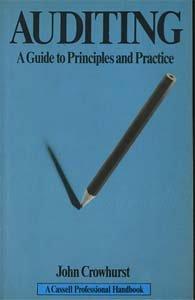Answered step by step
Verified Expert Solution
Question
1 Approved Answer
Service Price per hour provided: $96.00 Sales Price per unit of inventory sold: $84.00 Cost per unit of inventory sold: $38.75 This is the information
Service Price per hour provided: $96.00 Sales Price per unit of inventory sold: $84.00 Cost per unit of inventory sold: $38.75
This is the information given and parts that need to be completed for the the problem:


 These are the blank templates that should be used to complete each part
These are the blank templates that should be used to complete each part








Step by Step Solution
There are 3 Steps involved in it
Step: 1

Get Instant Access to Expert-Tailored Solutions
See step-by-step solutions with expert insights and AI powered tools for academic success
Step: 2

Step: 3

Ace Your Homework with AI
Get the answers you need in no time with our AI-driven, step-by-step assistance
Get Started


